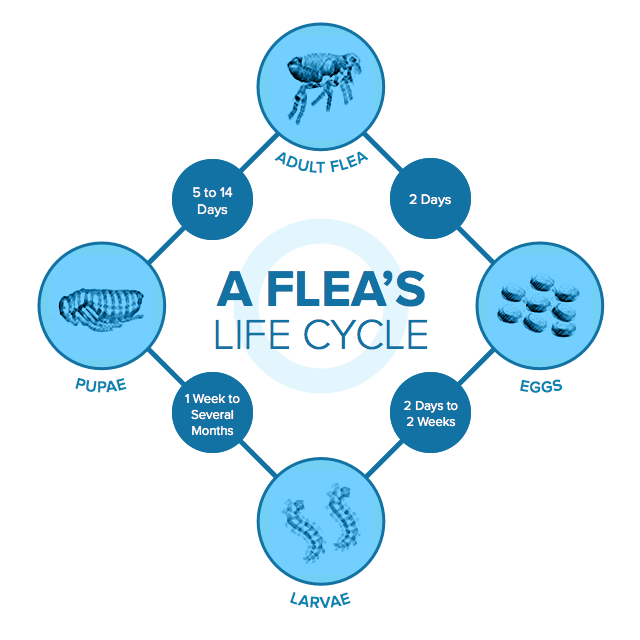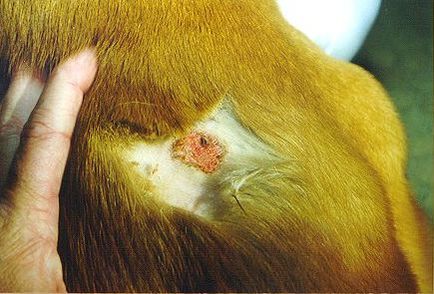FLEA AND HOT SPOT FACTS & PREVENTIONFleas and hotspots can cause some real discomfort and issues for dingoes. Luckily, there are several methods of prevention and treatment.
FleasFACTS
SIGNS
REMOVAL OF FLEAS
COMMON FLEA TREATMENTS & PREVENTION
ORAL FLEA TREATMENTS Comfortis
Advantage Duo, Advantage for Dogs and Cats, Advantix, Advocate
Seresto
NATURAL FLEA TREATMENT & PREVENTION
Neem Oil
|
Hot SpotsFACTS
TREATMENT
NATURAL TREATMENT OPTIONS FOR MILD HOT SPOTS
REFERENCES
|












